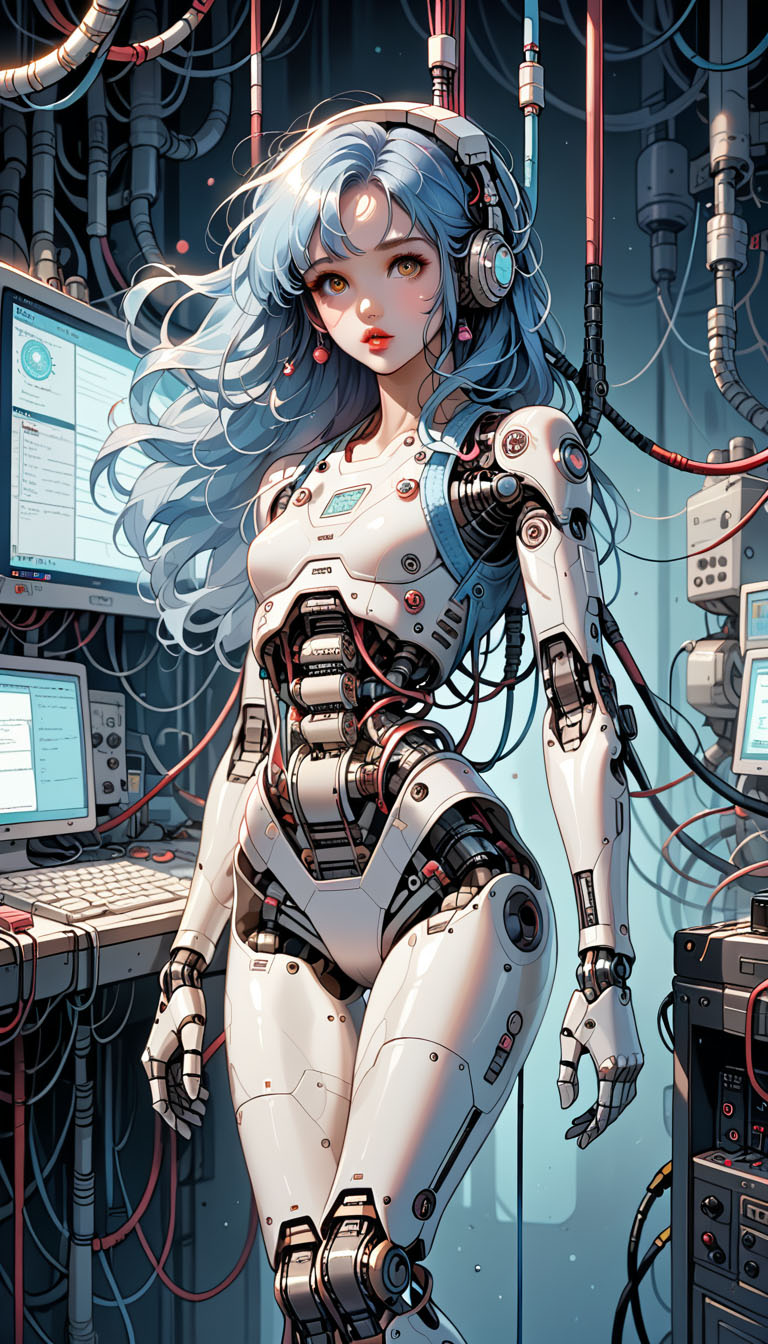The Evolution of Humanoid Robots: AI Projects for the Future
Humanoid robotics is advancing at a rapid pace, with numerous projects bringing to market robots equipped with artificial intelligence (AI). These robots, designed to interact with their environment and humans, are set to revolutionize various sectors, including homes, industry, and healthcare. Among the most promising projects are Neo, the Tesla Bot (Optimus), and Figure 02, all robots aimed at making our daily lives easier and more efficient. In this article, we will explore these innovative humanoid robots, their technology, and their potential to shape the future.
Neo: The Humanoid Robot for Homes
A recent standout in the field of humanoid robotics is Neo, a robot developed by UBTECH Robotics. This robot is designed to perform household tasks, such as managing the home and assisting the elderly or individuals with disabilities. With a flexible structure and advanced interaction capabilities, Neo can handle tasks like cleaning, carrying objects, and assisting in meal preparation.
Neo is equipped with an AI that enables it to interact naturally with users, understanding voice and visual commands. Leveraging machine learning and computer vision, it learns from its experiences, continually improving its abilities. Its design focuses on mobility and adaptability, making it a valuable companion for enhancing daily life, particularly for older adults.
Video: Neo Robot
Tesla Bot (Optimus): Tesla's Humanoid for Automation
Another project garnering significant attention is the Tesla Bot, also known as Optimus. This robot, developed by Tesla, was first announced by Elon Musk during Tesla’s AI Day 2021. Featuring a humanoid design, the Tesla Bot is intended to perform repetitive and physically demanding tasks, such as industrial assembly, cleaning, and object handling.
The Tesla Bot is powered by the same artificial intelligence technology used in Tesla vehicles, including computer vision and machine learning systems. Thanks to these tools, Optimus can autonomously interact with its surroundings, executing tasks efficiently and safely. In the future, Optimus could be utilized to automate various sectors, from logistics to healthcare, enhancing efficiency and productivity.
Video: Tesla Bot (Optimus)
Figure 02: The Humanoid Robot with OpenAI's AI
Another example of advanced humanoid robotics is Figure 02, a robot that leverages OpenAI’s artificial intelligence to perform various tasks. Figure 02 is designed to be a versatile robot capable of operating in complex environments, such as managing objects, assisting in emergency situations, and interacting with humans in a natural and intuitive manner.
Powered by OpenAI’s AI, Figure 02 continuously learns and adapts, improving its performance over time. Its ability to perform complex tasks and interact with its surroundings makes it highly promising for future applications in various sectors, including home assistance and managing high-complexity work environments.
Video: AI Robot Figure 02
Future Implications of Humanoid Robots
The combination of artificial intelligence, machine learning, computer vision, and advanced robotics is pushing the boundaries of what is possible with humanoid robots. Projects like Neo, the Tesla Bot, and Figure 02 demonstrate that future robots can not only assist humans with complex tasks but also perform activities that enhance our daily lives and work environments.
These robots could, for instance, reduce operational costs in industries, improve efficiency in logistics and healthcare sectors, and play crucial roles in home automation, such as managing homes and assisting the elderly.
If these projects continue to evolve successfully, humanoid robotics could play a pivotal role in the future of automation, providing tangible benefits across multiple sectors. The implications are vast, from workplace efficiency improvements to new possibilities for human-machine interaction.
Conclusion
The projects of Neo, Tesla Bot (Optimus), and Figure 02 represent just the beginning of a new era in humanoid robotics. With the continued advancement of artificial intelligence and robotic technologies, we expect these robots to become increasingly capable and versatile, revolutionizing how we live and work. The future of humanoid robots seems closer than ever, ushering in a new era of automation and human-machine interaction.








Leave a Comment